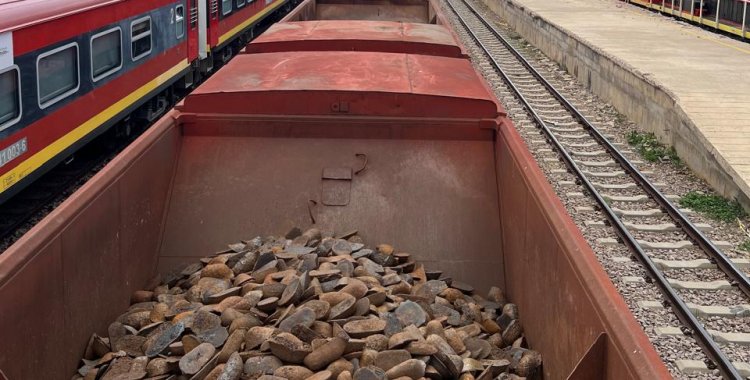"A special train, made up of 32 wagons loaded with pig iron, left in the early hours of this Saturday from the municipality of Cuchi, in the province of Cuando Cubango, heading to Lubango station and, later, to the Port of Namibe", informed the company, in a statement to which VerAngola had access.
In this special train, said, around 1470 tons of iron were transported.
"The train transported approximately 1470 tons, totaling 45,797 tons transported this year", points out the company, which says that "this number represents a significant increase in relation to the 25,032 tons transported last year".
On the occasion, Antonio Coelho da Cruz, president of the Board of Directors (PCA) of CFM, highlighted the "company's commitment to increasing iron ore transportation capacity", as he believes that the railway line is "a strategic gateway to the flow of Angolan mineral resources towards the international market".
The company's PCA reported that transport of this mineral was resumed last year and at a "time when the railway is attracting growing interest in the international market", believing that the "potential of the southern region could attract new investments".
According to the CFM, this was the "first train with this configuration to be built in the country, making it an important milestone for the national railway sector", says the note.
It is worth noting that, with this action, CFM increased the volume of this mineral transported per week from 800 to 1470 tons, says Angop, which adds that the aforementioned increase was due to the operation of more wagons, the number of which rose from 19 to 32.







